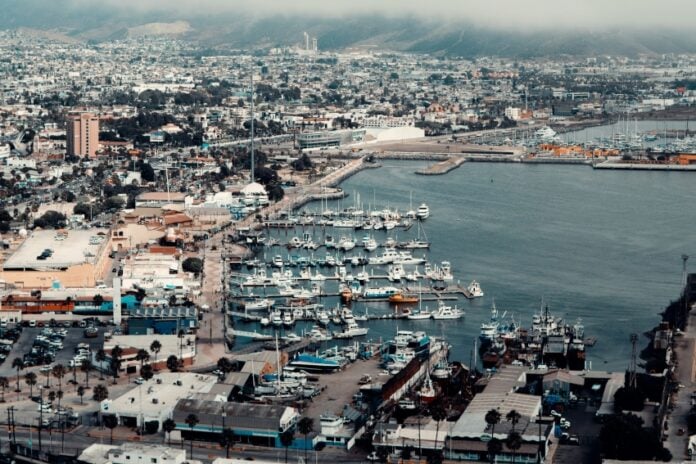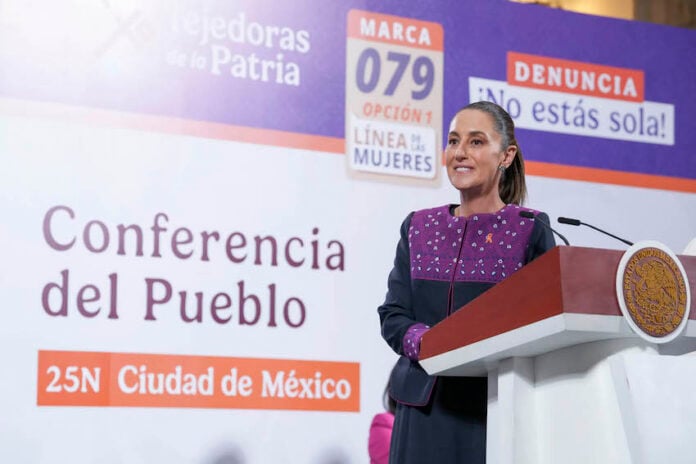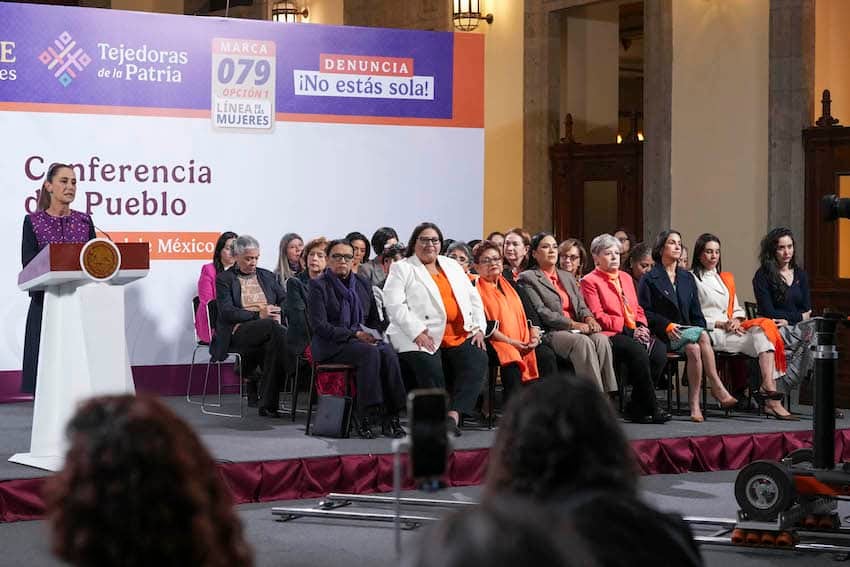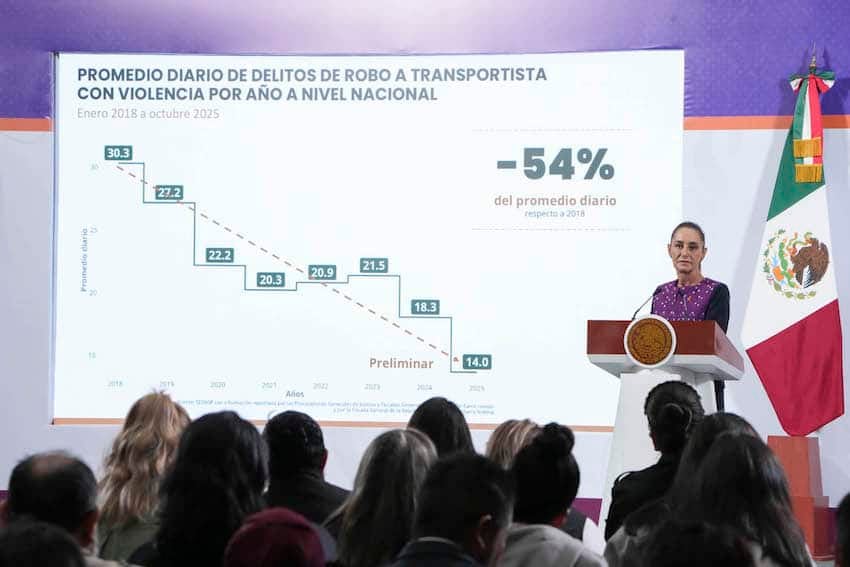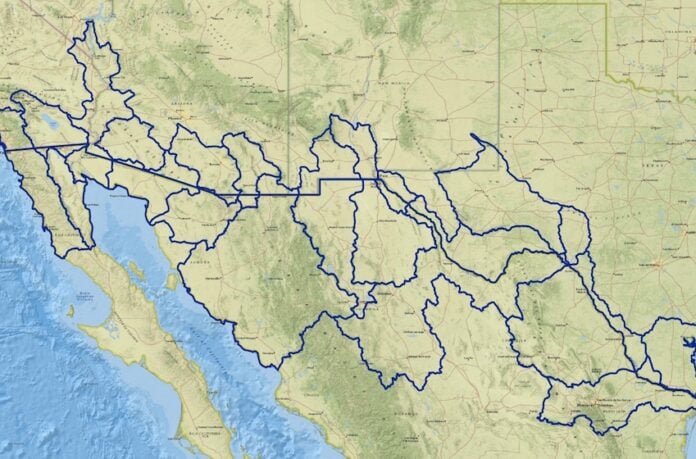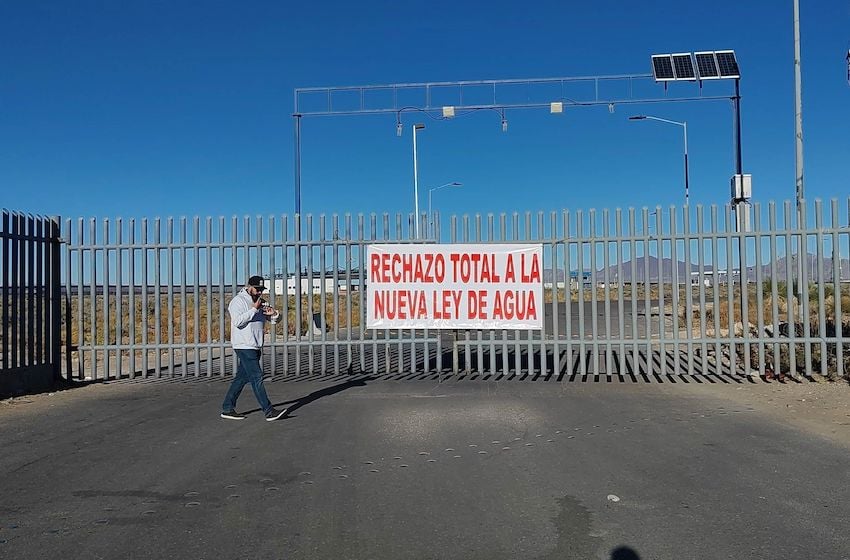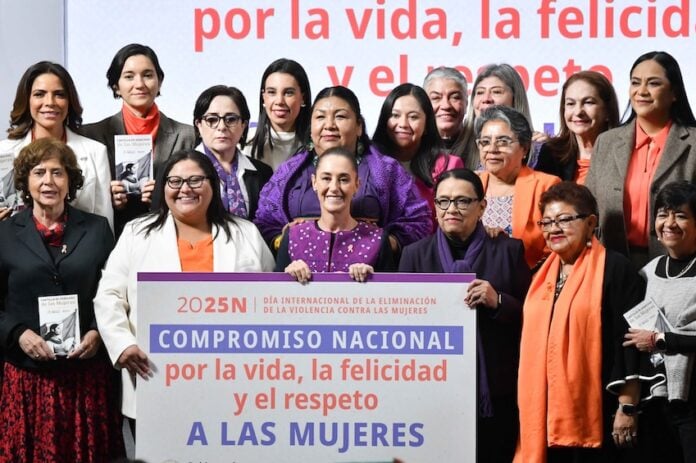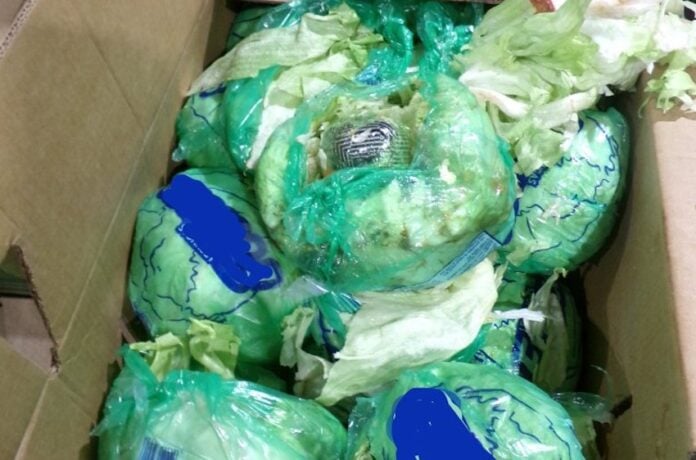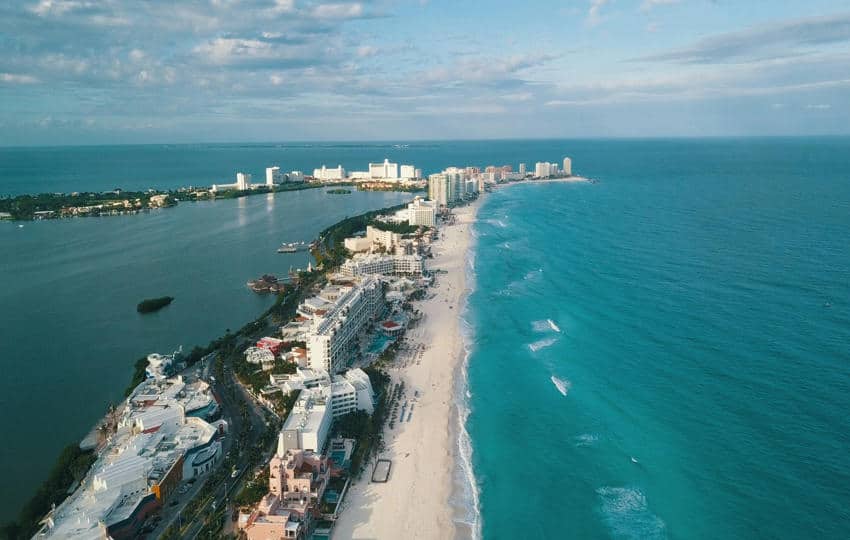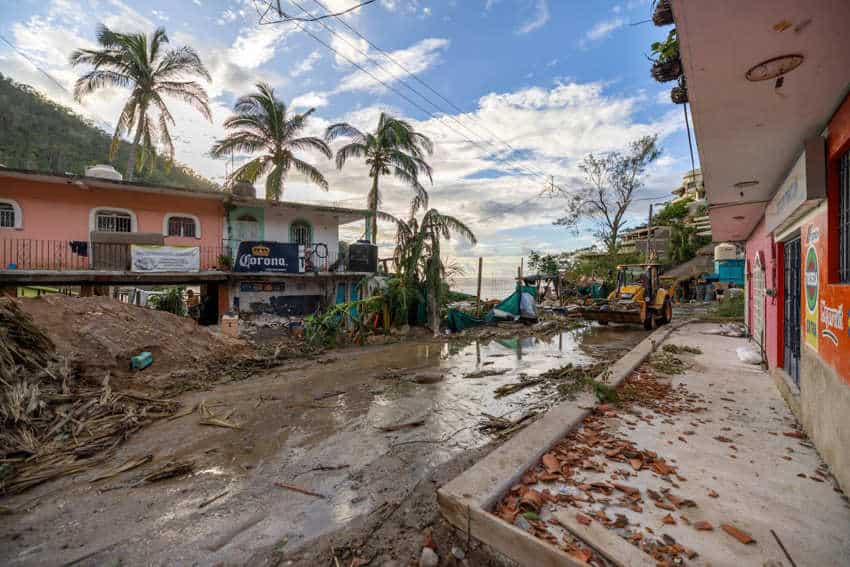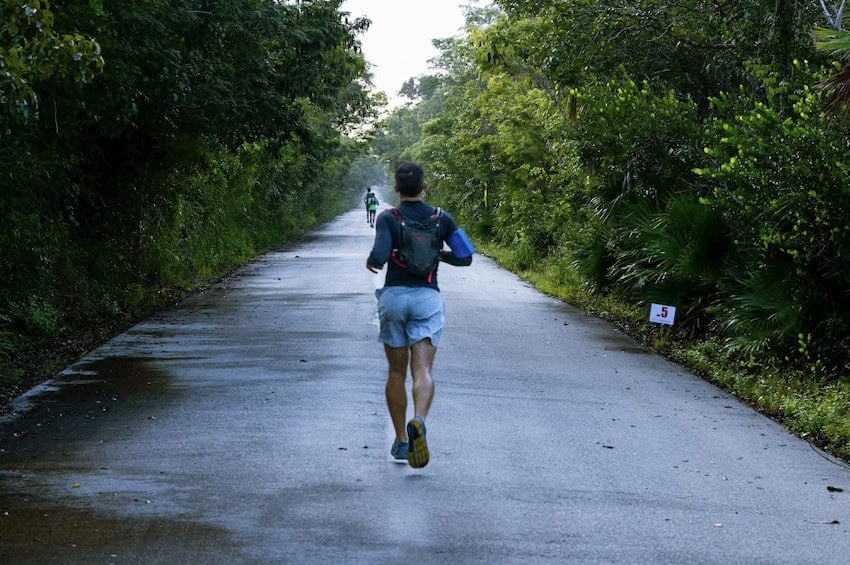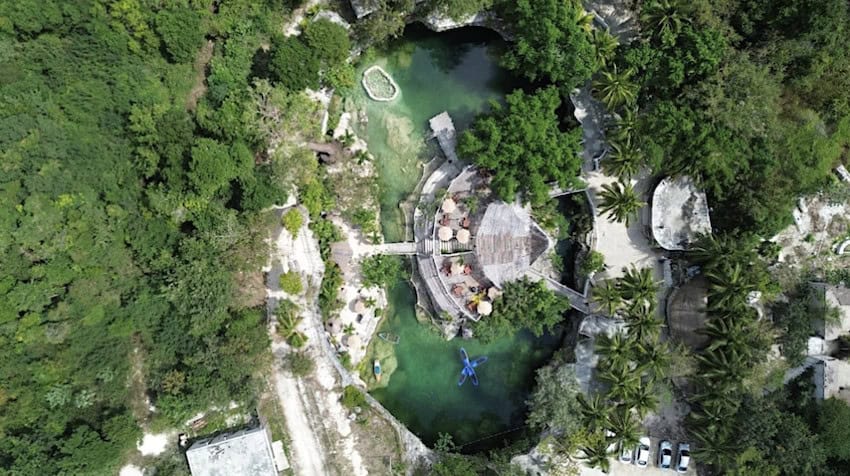Baja California is famed more for its destinations than its residents, although some of the latter have achieved worldwide recognition. For the most part, these have been boxers, with several world title holders having hailed from the state’s most populous city, Tijuana, including Erik “El Terrible” Morales, Antonio “El Tornado de Tijuana” Margarito, Jackie “Aztec Princess” Nava, and Jaime Munguía.
In 2025, however, two new stars have arisen to represent Baja California, and neither is a boxer.
Isaac del Toro is amazing and he’s just getting started
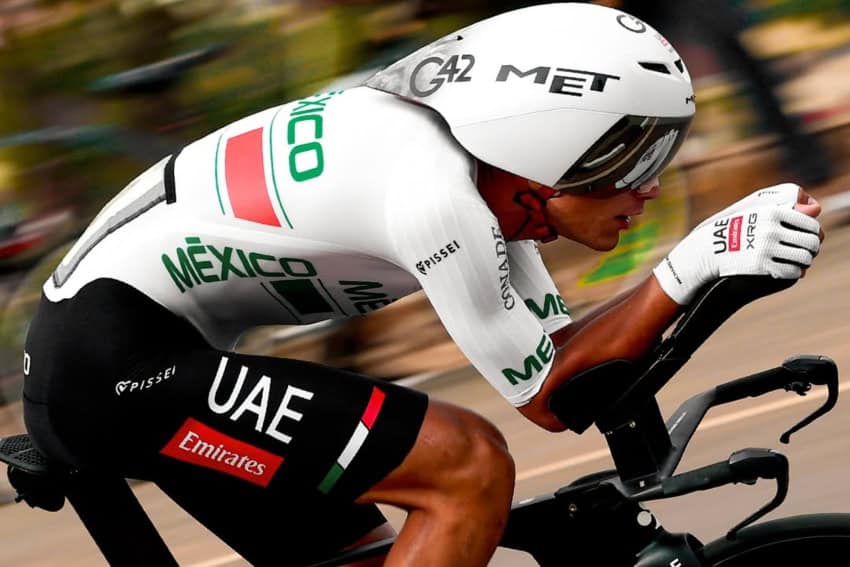
At 64 kilograms, Isaac del Toro Romero is hardly a giant. But by the time his career is over, the cycling world may well see him as one. The Ensenada native won 16 times in his second European season cycling for UAE Team Emirates XRG on the UCI WorldTour, and as a result has risen to third in the world rankings.
He’s already been nominated for the Vélo d’Or 2025 (Golden Bicycle Award), presented by France’s Vélo Magazine to the world’s best cyclist of the year, and topped the list of those receiving the annual National Sports Award — the highest athletic honor bestowed by Mexico’s government. The award will be presented by President Claudia Sheinbaum in a ceremony this month, and includes not only a gold medal but a cash prize of 796,000 pesos (US $43,000).
How he pedaled his way to the top
It’s a remarkable story, given what Del Toro had to overcome to reach the heights of his sport and receive the plaudits that go hand-in-hand with sporting trophies. Born in Ensenada in 2003 to a cycling family, the sport seemed to be in his blood. However, from the beginning, it was also a challenge, not only due to the training, but also because of the cost and the health issues he had to overcome.
“We had to spend so much money on doctors, medication, supplements, lab work (for osteoporosis, tumors and other health difficulties) … Isaac always dreamed of representing his flag, and I’m proud too — but it hurts to hear these things,” his father, José del Toro, said of claims Isaac received support from Mexican Cycling early in his career. “It’s outrageous, unbelievable … and it’s expensive, very expensive. You pay a high price to do this.
“They always talk about millions and millions being invested, but I don’t know a single cyclist who gets their travel paid, or their entry fees, or even their meals. I struggled so much with my kids and never got a single bit of help,” he told CyclingUpToDate.
Climbing the hill
Despite these early difficulties, Del Toro became a complete cyclist, adept in mountain, cross and road forms of competition, while honing his climbing skills on the 4,631-meter Nevado de Toluca, Mexico’s fourth-highest peak. By the time he was a teenager, he had joined A.R. Monex, a professional cycling team based in Italy, but made up exclusively of Mexican riders.

His ascent through the ranks was slowed by the coronavirus pandemic in 2020, but his big breakthrough finally came in 2023 when he won the Tour de l’Avenir in France, becoming the first cyclist from Latin America ever to do so. The event is a benchmark of under-23 cycling and harbinger of future Grand Tour success that has been won over the years by a who’s who of cycling greats, from Greg LeMond to his current teammate and Vélo d’Or nominee, Tadej Pogačar.
Del Toro’s performance in the Tour de l’Avenir marked him as a rising star in the sport and earned him a contract with one of the world’s best teams, UAE Team Emirates XRG. It also set the stage for his incredible 2025 season, with his 16 victories across Europe.
A series of spectacular finishes
In October, Del Toro returned home to compete in the National Road Cycling Championship of Mexico, held in 2025 in Valle de Guadalupe, near his hometown of Ensenada. The European season was over, and following his string of winning results, he was able for the first time in years to compete in front of a home crowd. Certainly, they had plenty to cheer for, as he surged into the lead by the end of the first lap and never relented, earning both time trial and road race titles for a rare double.
“Sometimes I don’t feel like this person, I feel like they’re exaggerating, but it feels very nice, honestly,” he admitted to La Jornada after triumphing in the 160-kilometer road race course, and edging out yet another Baja California rider, Éder Frayre, who finished second.
It’s been quite a year for Del Toro, especially considering he still hasn’t turned 22 years old yet.
The world’s best wine guide was written about Baja California
Isaac del Toro isn’t the only one spreading the fame of Baja around the globe this year. Two wine writers accomplished the same feat when their guide to Baja California wines was named the world’s best wine guide, beating out 60 entrants from other countries at the 2025 Gourmand Awards in Portugal in July.

Husband-and-wife team Lorena Hernández and Fabián Jáuregui wrote “Vinitácora: Wines and Wineries of Baja California,” the winning guide that featured information on more than 80 wineries, 900 labels, and the seven wine valleys that are responsible for nearly 70% of all wines produced in Mexico. Both are from Jalisco originally, with Hernández noted as a sommelier and an illustrator under the name Vionda, while Jáuregui has a background in business.
“This recognition is not only ours; it represents the work of many people who have believed in Mexican wine. We are proud to put Mexico on a high note and to celebrate this achievement just as Vinitácora turns 10 years old,” Jáuregui said.
After founding Vinitácora as a publishing company a decade ago, they’ve achieved international success with their current Baja California guide, available as a book or digital edition and bilingual in English and Spanish. However, it’s not their only one: another can be purchased for the wines of Querétaro.
Chris Sands is the former Cabo San Lucas local expert for the USA Today travel website 10 Best and writer of Fodor’s Los Cabos travel guidebook. He’s also a contributor to numerous websites and publications, including Tasting Table, Marriott Bonvoy Traveler, Forbes Travel Guide, Porthole Cruise, Cabo Living and Mexico News Daily.
